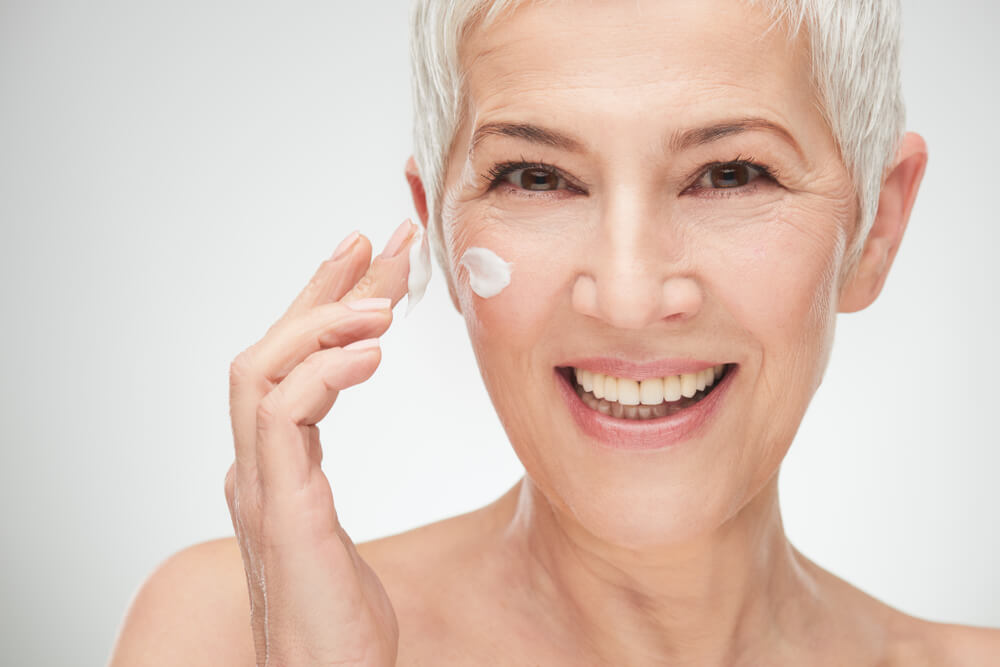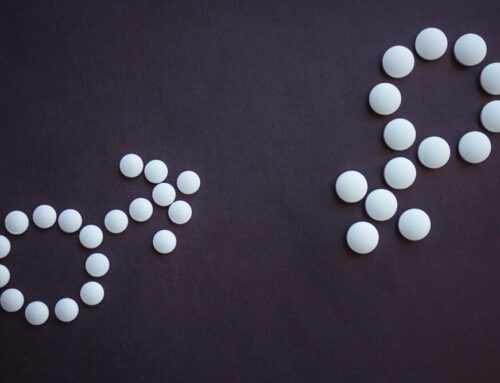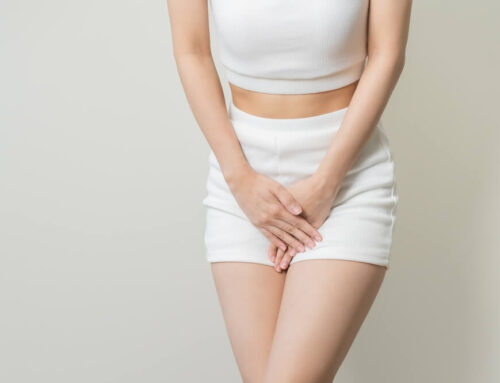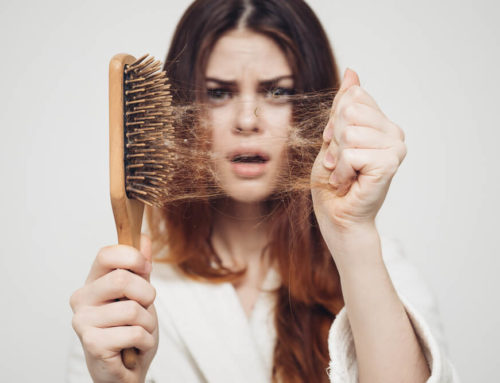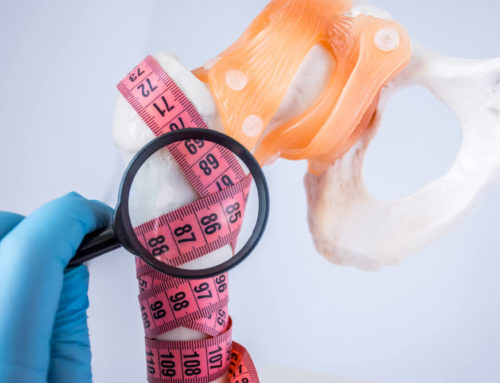Skin thinning tends to happen gradually throughout one’s lifetime due to progressing age, certain lifestyle factors, sun damage, and even some medication use. Generally, we can’t say that it’s possible to reverse this process, but there are several different options when it comes to prevention, protection, and better thin skin treatment and care. The most common area with thin skin is on one’s hands, but aging can further thin out the skin on a person’s arms and legs as well. What’s more, thin skin bruises considerably more easily. If you’re looking for a solution to improving the quality of your skin or your health in general, feel free to reach out to doctor Fern F. Taisenchoy-Bent, MD. And for more information on thin skin and thin skin treatment, keep on reading.
What’s Exactly Thin Skin?
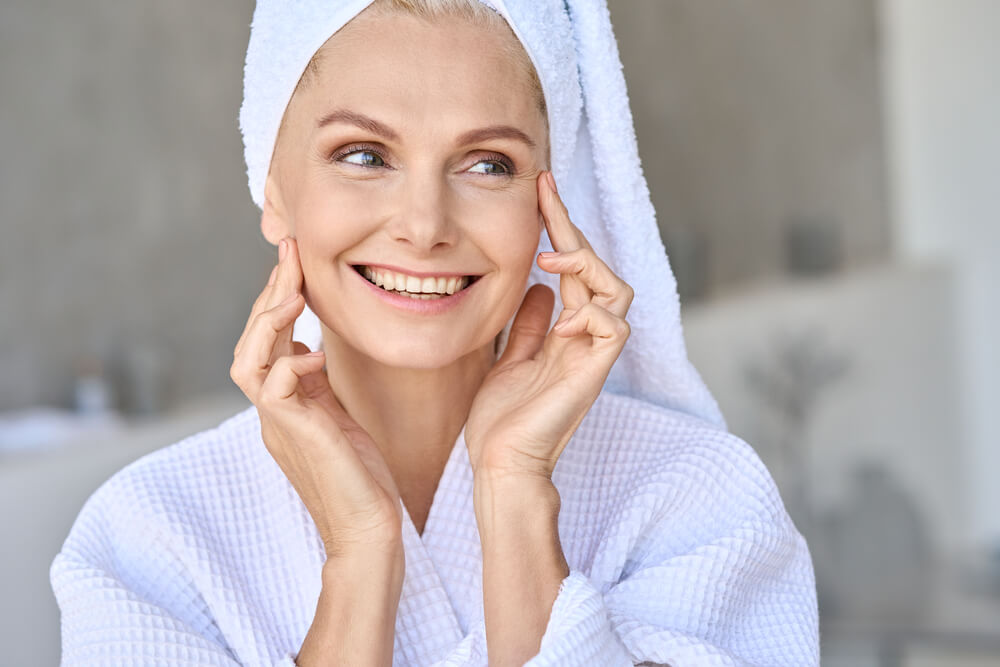
It’s normal for the skin on some body parts to be thinner than on others. That said, the eyelid skin is only 0.5 mm thick, while heel skin can be even 4 mm thick. In general, the skin has three distinct layers, and they all have their own purpose:
- The epidermis is the top skin layer that protects against bacteria and dirt
- The dermis is the middle layer where blood and nerves are located
- The hypodermis is the inner skin layer where sweat glands are, together with fat and tissue
When we talk about thin, translucent skin, we refer to the skin where the epidermis is thinner than usual. It’s also possible for the hypodermis to contain less than the average level of fat. On its own, thin skin is not a dangerous medical condition, but as mentioned, thin skin bruises and gets damaged more easily than thicker skin.
Thin and translucent skin can allow for the visibility of veins, tendons, and bones. Even minor injuries could lead to bigger tears and bruises. The lack of fat in the hypodermis that contributes to skin thinning is considered to be one of the main signs of aging, too.
What Causes Thin Skin?
It’s important to understand that when we talk about what causes thin skin, aging is one of the most significant factors. In that sense, it’s not possible to prevent accompanying skin thinning as the body produces less collagen naturally. However, other things could lead to thin and translucent skin besides aging, namely sun damage, poor lifestyle choices, and certain meds.
UV exposure is actually one of the main culprits for premature skin thinning and various other skin issues such as wrinkles and sagging. Years of unprotected sun exposure can lead to irreparable damage, including tanning bed sessions. While you can’t cover up your entire skin surface with clothes, you can choose to wear sunscreen every day to prevent sun-related damage.
We can’t ignore significant lifestyle factors that could also contribute to premature skin aging and, consequently, skin thinning. Smoking and drinking alcohol, as well as poor diet choices and a sedentary lifestyle, can negatively affect the appearance and suppleness of the skin.
Lastly, using certain meds for a long time can also lead to premature skin thinning, such as blood thinners, aspirin, NSAIDs like naproxen and ibuprofen, as well as both oral and topical corticosteroids.
How to Thicken Skin?
As mentioned, there’s no miracle cure for aging and age-related skin thinning. In that sense, there’s no magic solution as to how to thicken skin successfully. However, several thin skin treatment options could make the skin appear more youthful, toned, and radiant. While they don’t reverse the aging process, these treatments can still slow it down.
Cosmetic Treatments
Cosmetic treatments such as micro-needling, laser resurfacing, photodynamic therapy, injectable skin and dermal fillers, and intense pulsed light all have the purpose of improving skin elasticity, boosting collagen production, and overall minimizing the signs of aging.
One of the most popular in-office treatments right now is the so-called Vampire Facelift. Similar to dermal fillers, this procedure utilizes a small amount of patient’s blood; platelet-rich plasma is extracted from the blood and injected into the target area. The results provide a collagen and elasticity boost and overall skin rejuvenation. If you’re interested in this procedure, you’re welcome to contact a Vampire Facelift specialist in Margate, Florida, for more information.
Skin Care and Diet

Not everyone is interested in in-office treatments, though, and that’s fine. There are also home treatments available for managing the thin skin condition. Most commonly, these involve taking dietary supplements and using adequate skin care.
Vitamin C, evening primrose oil, omega-3 fatty acids, and collagen are the best supplements to take for supple-looking skin. Of course, it’s necessary to follow a nutritionally rich and balanced diet filled with fruits and veggies, lean meat, and fish since supplements alone can’t make a huge difference.
Adequate skin care for thin skin usually involves prescription topical retinoids, i.e., Vitamin A derivates. Retinoids have recently become very popular in skin care because of their positive effect on preventing and minimizing signs of aging. However, remember that what’s available in the stores is not the same as a prescription. Thin skin bruises and gets damaged easily, and the dermatologist will know what kind of topical retinoid to prescribe for your particular needs. However, using topical retinoids long-term comes with its own side effects; namely, some people with more sensitive skin may experience issues like dry and scaly skin, skin redness, and itching.
Thin Skin Prevention Tips
If you want to learn how to thicken skin, you have to be aware of what causes thin skin in the first place – apart from aging, of course. As it’s the case with many other things, you can do your best to prevent skin thinning and premature aging signs simply by adopting healthy lifestyle habits. Keep in mind the following tips:
- Wear an SPF30+ sunscreen every single day, even during colder months, and avoid tanning beds
- Do your best to quit smoking and minimize your consumption of alcohol
- Create a regular exercise routine for yourself, as physical activity can help keep the skin supple and youthful
- Follow a balanced and nutritious diet and drink a lot of water.
- Have a set daily skincare routine – use gentle cleansers regularly, apply a moisturizer, and stop using the products that seem to cause dryness, redness, and/or stinging
Prevention is always the best course of action, especially when it comes to postponing and minimizing the natural signs of aging. But, in most cases, skin thinning doesn’t lead to more serious medical problems. Proper hydration and UV protection paired with healthy habits can truly go a long way when it comes to youthful and radiant skin appearance. Of course, if you suspect that thin skin in your case is too sudden and unusual, don’t hesitate to contact your doctor. You can always reach out to us at Fern Taisenchoy-Bent, MD, LLC, where we provide expert and tailored medical services to women of all ages.


